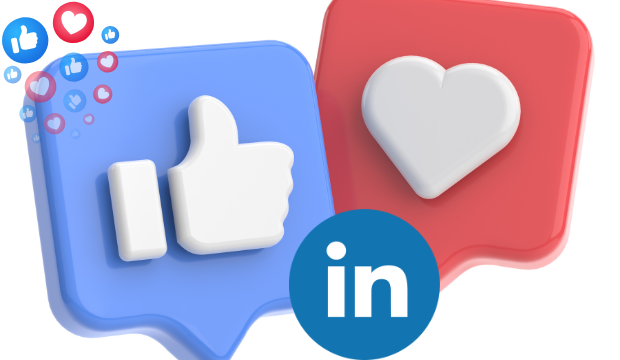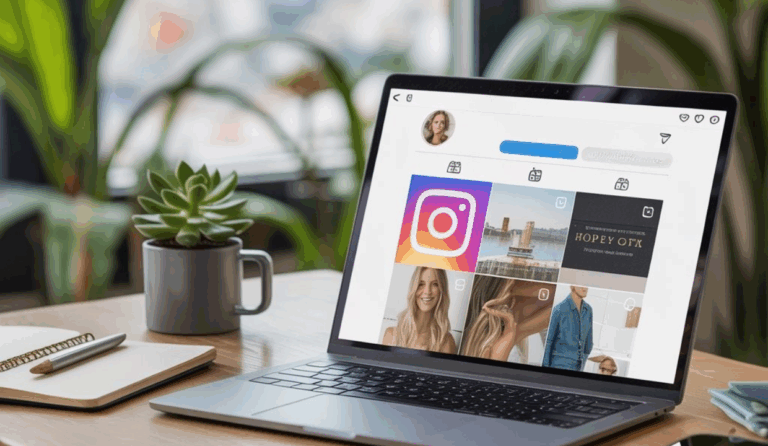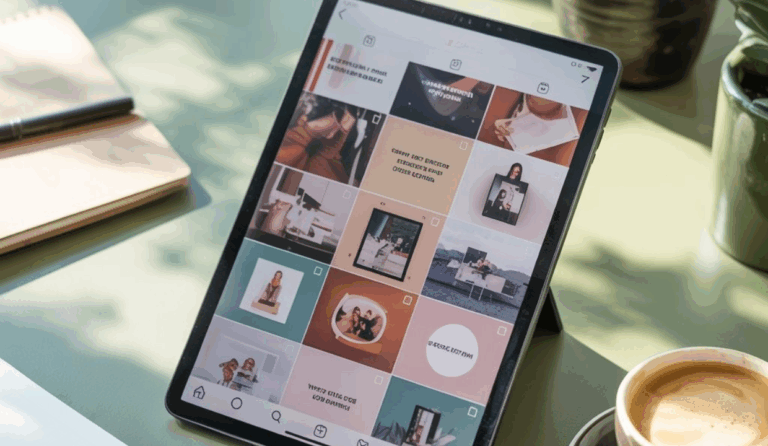The quick‑scan scorecard
Think of this as the cockpit view: one table that shows how the three giants stack up on pure reach, stickiness, engagement and cost. Skim it now, refer back whenever a stakeholder asks “why that platform?”
Audience DNA: who really lives on each network?
A platform’s “native species” determines tone, creative style and even offer pricing. Nail this and half your strategy is already correct.
- Facebook: With more than three billion monthly users, it is still the town square for everyone, but its center of gravity is millennials and Gen X. The platform now skews slightly male globally and its fastest‑growing pockets are in the Asia‑Pacific belt, where ad ARPU remains low. (Backlinko)
- Instagram: Gen Z’s visual playground. The 18‑24 cohort is the single biggest slice, and Meta’s ad tools report that 90 % of its reachable audience sits outside the U.S., crucial for brands chasing emerging‑market growth. (Backlinko)
- LinkedIn: A professional graph, not a social graph. Six in ten users are 25‑34‑year‑old degree‑holders; four in ten log in every day, but in short, purposeful bursts averaging seven minutes. (LinkedIn)
Strategic take‑away
If you sell discretionary B2C goods, Instagram’s youth‑heavy mix gives you trend velocity; if you market higher‑ticket B2C items (autos, insurance) the broad 30‑plus mainstream on Facebook is still unbeatable; if you court B2B buyers or talent, LinkedIn’s “credential density” trumps raw reach.
Algorithmic physics: what each feed rewards in 2025
Algorithms are the invisible traffic police. Knowing the weight they give to each signal lets you reverse‑engineer reach instead of guessing.
| Signal | |||
| Time‑weighted relevance | Meaningful interactions (comments + re‑shares from friends & groups) dominate. Long‑form video (Reels & Watch) is now rewarded with incremental reach multipliers. | Saves + shares outrank likes. Reels enjoy a 2.2× boost versus photos; carousels still surface for swipe depth. | Dwell time in the first 60 min, comment quality sentiment, and employee resharing power the algorithm. Polls add a hidden +20 % reach factor (per LinkedIn engineering notes). |
| Link treatment | External links throttle reach by ≈15 % unless posted in comments. | Link stickers in Stories beat feed links; affiliate tags get bonus distribution. | Native docs/video trump outbound URLs; use “link in comment” or Document Ads. |
| Paid amplifiers | Advantage+ Shopping & Reels placements auto‑test 150+ creatives and redistribute 30% of budget in real‑time. | Same auction as Facebook but video‑first; Creative templates autogenerate 9 × 16 assets. | Conversation Ads & Thought‑Leader Ads (beta) lift in‑feed reply rates by 27%. |
Economics: cost‑for‑attention spread
Budgets get approved, or slashed, on this section. CPC and CPM tell you price; conversion propensity tells you actual value.
- Facebook’s $0.77 CPC is 37% lower than 2021 levels thanks to Reels inventory, but CPMs have begun inflating post‑ATT as first‑party data stays inside the Meta garden. (WordStream)
- Instagram commands a premium ($1.22 CPC) for high‑intent visual placements; conversions are helped by native Checkout and broad creator affiliate tooling. (Creatify)
- LinkedIn’s $5+ CPC looks eye‑watering, yet B2B SaaS advertisers report lead‑to‑op conversion rates 2‑3× higher than Meta traffic, preserving cost‑per‑pipeline parity. (Creatify)
Risk matrix you should price into your plan
Every network carries hidden hazards: demographic drift, algorithm shocks, regulatory storms. Forecast them now; avoid scrambling later.
- Facebook: Aging core demo; organic reach floor now <2% for pages; political‑content algorithm tweaks can whipsaw reach in election quarters.
- Instagram: Reels saturation causes engagement dilution; product‑tag shoppability still limited outside 44 supported markets.
- LinkedIn: Rising automation/AI posts create feed fatigue; CPC inflation tracks at ~8% YoY; brand safety issues around user‑generated PDFs.
Decision framework: match business objectives to networks
Objectives first, platforms second. Use this grid to defend your channel mix in any C‑suite meeting.
| Goal | Primary pick | Why | Secondary |
| Launch mass‑market consumer SKU | sheer reach, cheap clicks, cross‑family retargeting | Instagram for visual remarketing | |
| Drop limited‑edition lifestyle collab | culture velocity + creator collabs | Facebook for broad retargeting | |
| Recruit senior engineers fast | database of résumés, Talent Solutions integration | Instagram Reels as employer‑brand teaser | |
| Nurture B2B pipeline in long cycle | higher MoFU engagement, precise firmographics | Facebook groups for community proof | |
| Drive incremental holiday sales flash | Facebook + Instagram Advantage+ | auto‑budget shift to best ROAS placement | — |
Field‑tested playbooks
Data is persuasive, but stories stick. These brand vignettes show the numbers in motion and spark copy‑and‑improve ideas for your own team.
- Gymshark turns athlete‑generated Reels into shoppable ads, then retargets non‑purchasers with Facebook Collection units, driving a 28% lift in ROAS on Black Friday 2024.
- American Express seeds CFO‑level insights via LinkedIn Thought‑Leader Ads from its VP Finance, capturing 9% average CTR at $4.90 CPC (well below vertical mean).
- Lego revives nostalgia by livestreaming Lego Masters episodes on Facebook Watch; average watch time hit 5:23 min and organic reach doubled after group cross‑posting.
7. Implementation checklist for 2025 launches
Great strategy dies in execution gaps. Run this punch‑list before every quarterly push to keep the plan airtight.
- Map your funnel to one “hero” network and one support network, don’t tri‑post.
- Build 3–5 creative cohorts per platform to exploit each auction’s “creative diversification” score.
- Instrument first‑party conversion API on Meta; enable Enhanced Conversions on LinkedIn Insight Tag to restore signal after cookie depreciation.
- On Instagram, pair every Reel with a 24‑hour Story using the “Add to Story” share, Meta confirms a 34% incremental reach lift.
- Schedule quarterly creative fatigue audits: <2.5% CTR drop week‑over‑week signals refresh time.
Bottom line
You don’t need to be everywhere; you need to be unmistakable somewhere. Align reach, relevance and revenue depth, iterate fast, and let real data, not hype, decide where your brand belongs.
Choose reach (Facebook), relevance (Instagram), or revenue depth (LinkedIn); you rarely win all three on one feed. Anchor your decision in the hard economics above, prototype quickly, and iterate where the algorithm shows love.
The brands that thrive in 2025 aren’t everywhere, they are unmistakable exactly where their highest‑value audience already spends its next minute.



